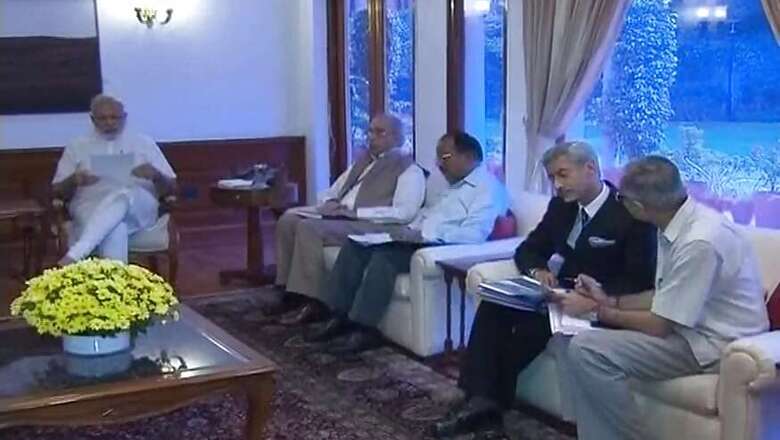
views
Should India take the drastic step of abrogating a 60-year-old water-sharing treaty to teach Pakistan a lesson in peaceful co-existence? Well, as it turns out, even the current framework of the Indus Water Treaty (IWT) has enough provisions to tighten the screws on Pakistan. All we need in is political will.
We just need to harness the water, says Uttam Sinha, an expert on water security at the Institute of Defence Studies and Analyses (IDSA).
“Currently, we are giving a lot of water to Pakistan because we have not harnessed it. When you build storage, you can also potentially use it for the manipulation of water. What will worry Pakistan is that India can use these facilities to control the flow of the waters,” he says.
The IWT is a water-sharing agreement between India and Pakistan signed in 1960. It gives India exclusive rights over the eastern rivers (Satluj, Beas, Ravi) while allowing limited use of the Western rivers (Indus, Jhelum, Chenab) subject to conditions that safeguard Pakistan’s interests.
Experts advocating a relook at the IWT provisions point to water expert the late Ramaswamy Iyer’s observations on the Indus tributaries. “As the lower riparian country on the Indus system, Pakistan tends to look with anxious eyes at any attempts by India to build structures on the western rivers that may enable India either to reduce water flows or to release stored waters and cause floods,” he had observed.
This is where India can maximise the utilisation of waters in both the Western and Eastern systems to send a strong signal to Pakistan: For instance, the Shahpur Kandi dam on Ravi. However, what was supposed to be built by 1998 is still incomplete.
“I would give India a 4.5 out of 10 with respect to utilising the potential of the Indus waters fully,” Sinha said, adding that India needs to finish the works on a war-footing.
Completing dams on the rivers will not only benefit India but also give it leverage over Pakistan. The treaty states that India is entitled to utilise the waters of the Western rivers for domestic use, non-consumptive use, some amount of agricultural and generation of hydro-electric power. It is this that India can maximize the use of.
India can construct structures to store water on the Western rivers up to 3.6 million acre feet, but the country has not so far developed this storage facility, which would involve building dams and barrages.
However, Sinha stressed that this isn’t something that can be done overnight. The country needs to work to a medium term timeline of 4-5 years to finish these projects.
Each dam and storage structure has the potential to control and manipulate the flow of waters. What will worry Pakistan is that India could potentially use these facilities to control the flow of the waters, if the need arose. For instance, if something like an Uri were to happen in the future India could turn off the tap that irrigates Pakistan’s rich agricultural lands in its province of Punjab.
Abrogating the treaty was never realistically on the table, Sinha said, because of the international ramifications for India’s water-sharing treaties with Bangladesh, Nepal and China.

















Comments
0 comment